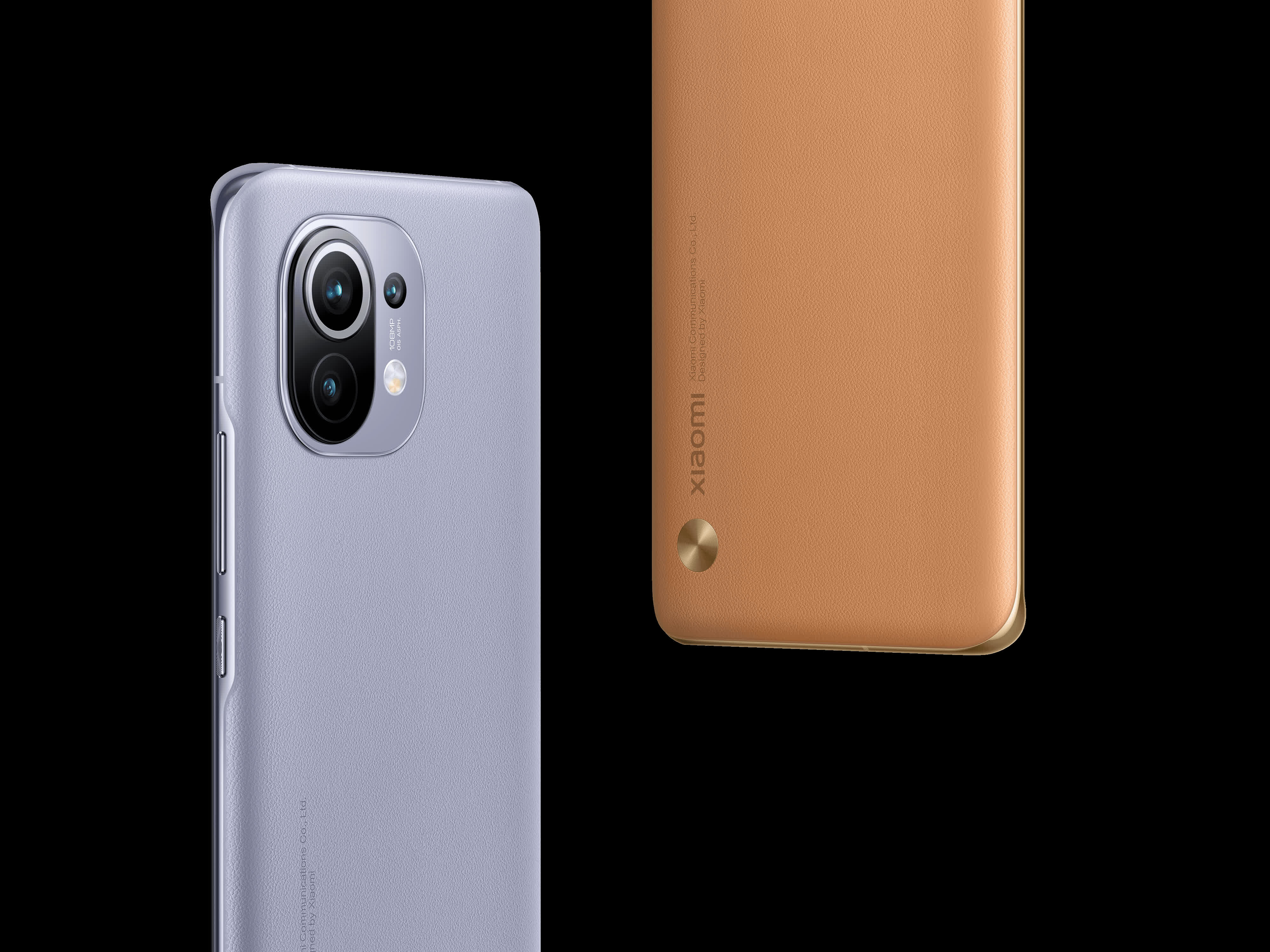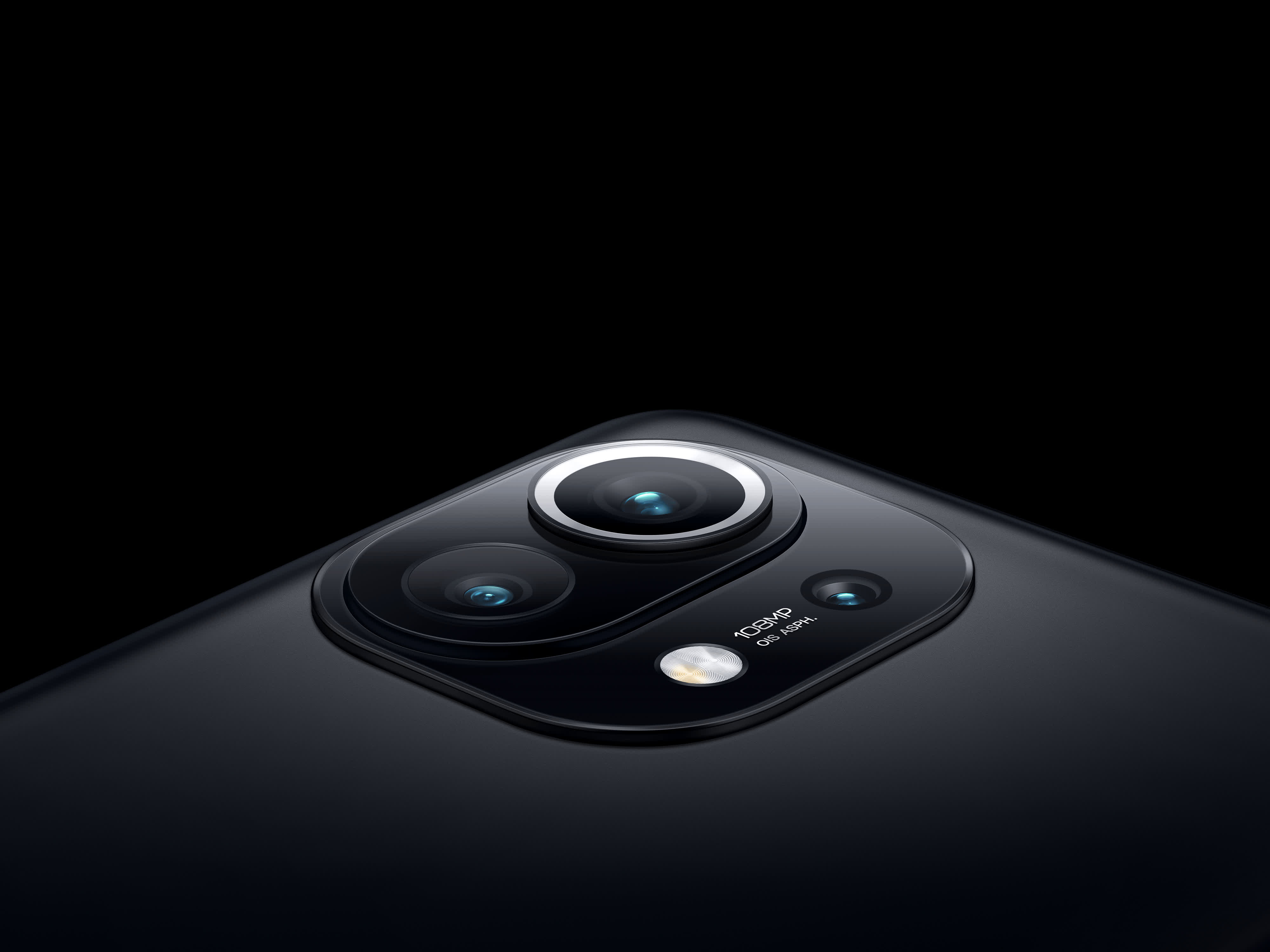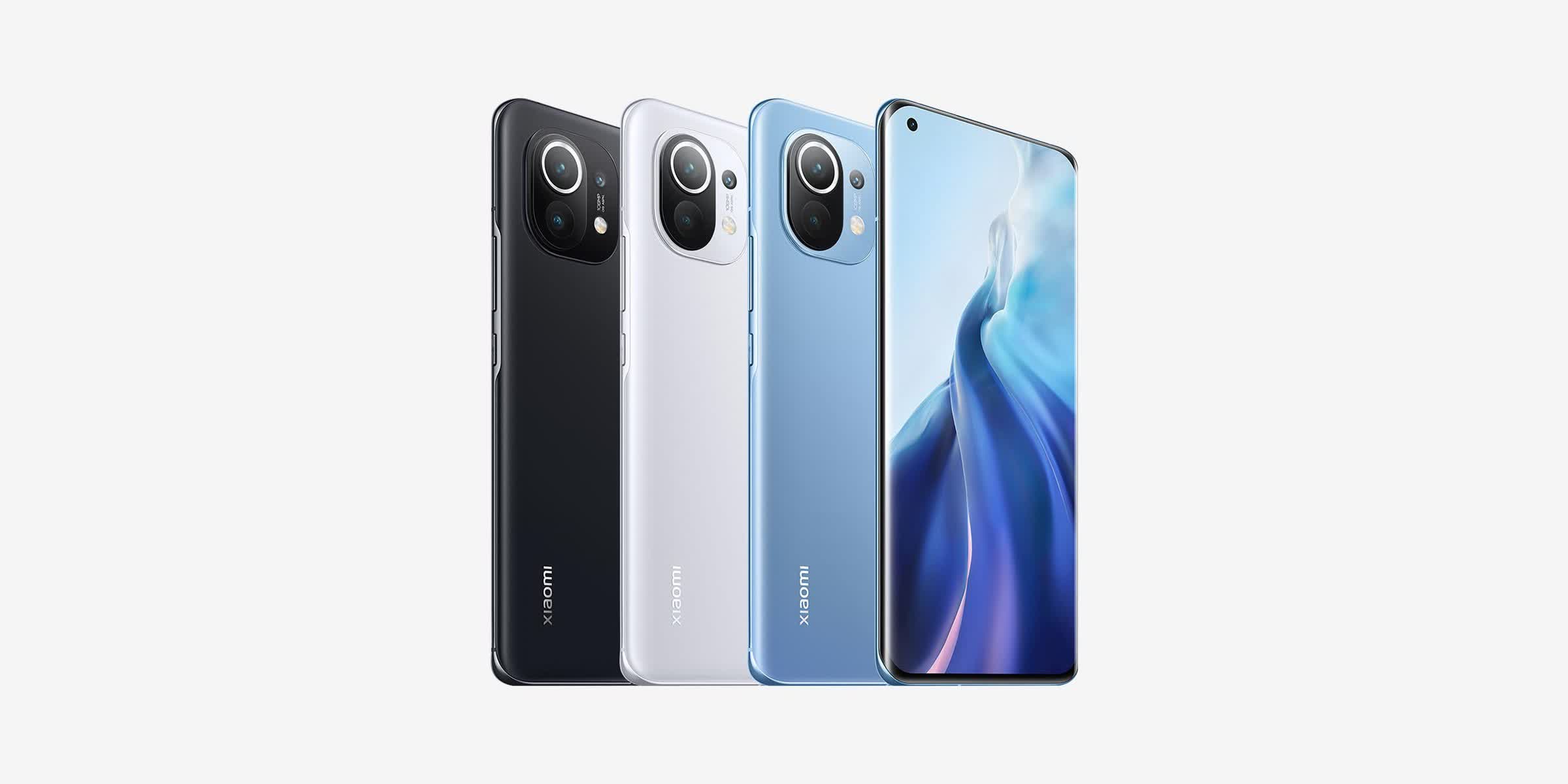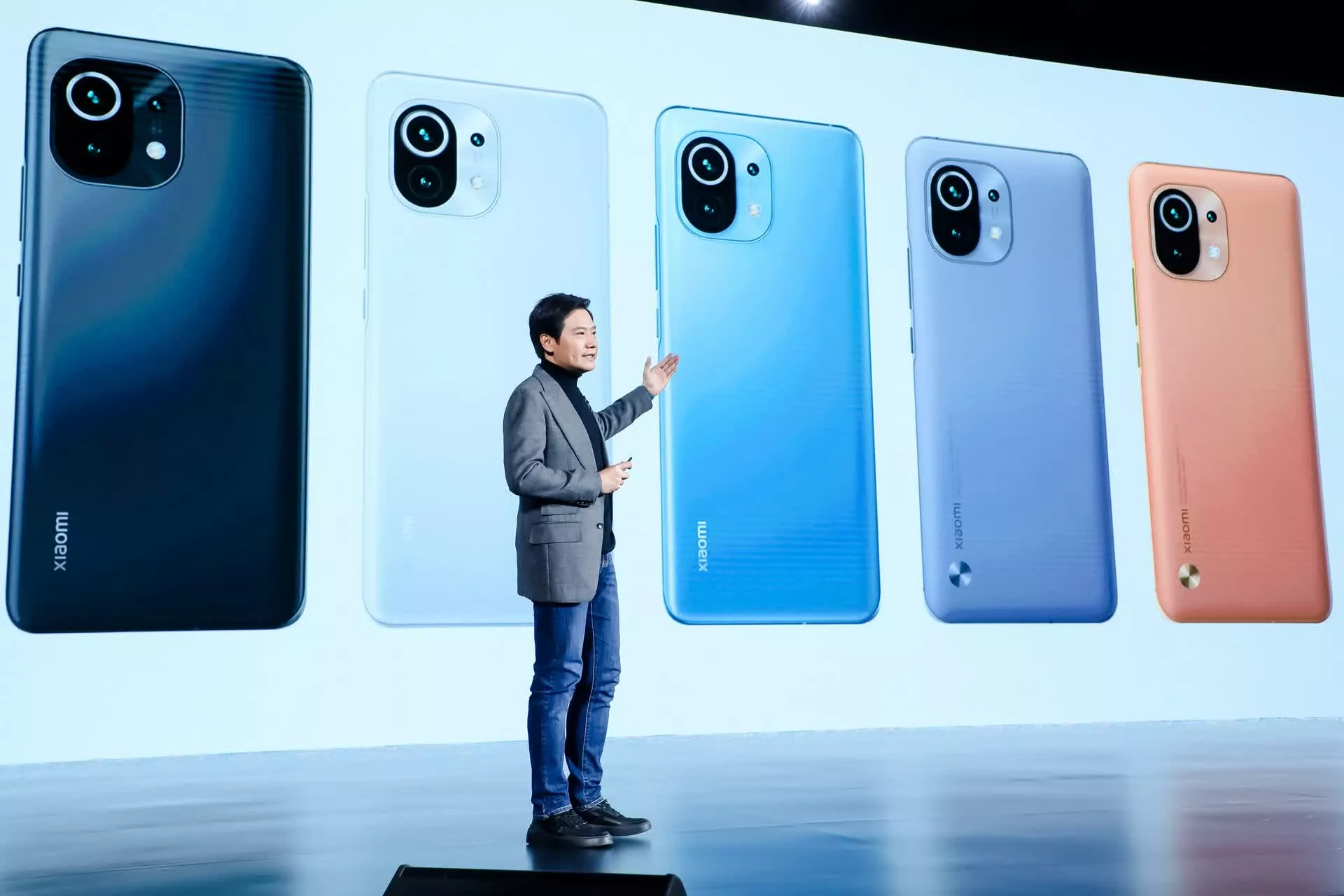In brief: It turns out that Samsung won't be the first company to announce a Qualcomm Snapdragon 888-powered smartphone, despite leaks that all but revealed the Galaxy S21 lineup ahead of time. Instead, it will be Xiaomi's Mi 11, which is also going to be the first Android phone to come without a charger in the box.
Xiaomi didn't want to wait until 2021 to unveil its latest flagship smartphone – the Mi 11, so it's giving everyone an early peek at the most important changes ahead of time. It's also a good indicator of what we can expect from next year's Android flagships from other vendors.
The company has kept the overall exterior design the same as it was for the Mi 10, with the main difference being the slightly larger display size on the newer model and a "layer cake" camera bump instead of a "pill" one. The overall footprint hasn't changed that much, but slimmer bezels have allowed Xiaomi to integrate a 6.81-inch screen versus the 6.67-inch on the Mi 10.

More importantly, the new screen is an OLED panel with a resolution of 3200 by 1440 pixels (QHD+), 120 Hz refresh rate, and an impressive 480 Hz touch response rate – something that will be a great selling point for people who prefer a buttery smooth experience. It's also something Apple omitted with the iPhone 12 lineup, possibly due to the impact on battery life.
Powering all this is Qualcomm's new Snapdragon 888 Mobile Platform paired with either 8 or 12 GB of LPDDR5 RAM and up to 256 GB of UFS 3.1 storage. The battery is a bit smaller at 4,600 mAh when compared to the Mi 10, but you also get better fast charging at up to 55 watts for wired charging and 50 watts for wireless charging. It can also charge Qi-compatible devices and accessories at up to 10 watts.

The main rear camera still uses a 108-megapixel sensor with optical image stabilization and an f/1.85 aperture lens, backed by a 13-megapixel ultra wide shooter and a 5-megapixel telephoto lens. Interestingly, the selfie camera is still a punch-hole design despite other Chinese vendors like ZTE and Realme already moving on to in-display designs.
In terms of connectivity, the Mi 11 has support for sub-6GHz 5G, as well as Wi-Fi 6 and Bluetooth 5.1. It's worth noting that 5G comes integrated into the SoC this time around, which should allow for thinner phones, more predictable performance, and better battery life.
This set of specifications isn't a big surprise, considering Samsung was preparing a similar spec sheet for the Galaxy S21 lineup. Other notable features include Gorilla Glass Victus cover glass, and Xiaomi says the screen is a 10-bit panel that supports 8192 brightness levels that go up to 1,500 nits. In terms of software, you'll get Android 11 with the MIUI 12.5 layer on top of it.

For those of you looking forward to getting a Mi 11, it will be available in three colors – Horizon Blue, Frost White, Midnight Gray. As for how much they cost, the base model with 8 GB of RAM and 128 GB of storage will set you back 3,999 yuan ($609), while the maxed out configuration will be priced at 4,699 yuan ($719). These will first be available in China next month, but they should see a global rollout in the coming months.
It's also worth noting the Mi 11 won't come with a charger included in the box, which could very well be the case for phones from other manufacturers like Samsung. The two companies have been mocking Apple for doing the same, but the irony might be lost on them.
